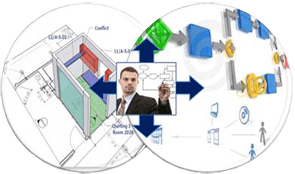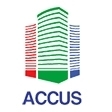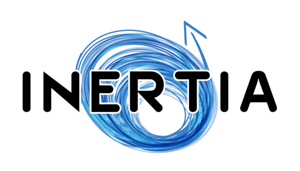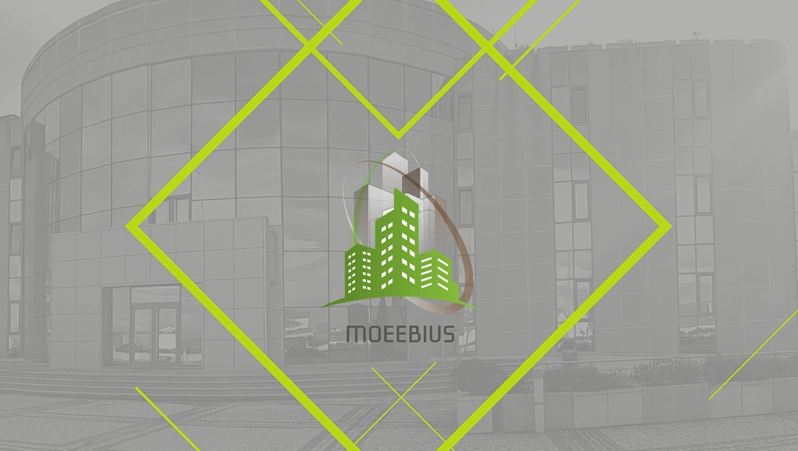Fit4Green

Federated IT for a sustainable environmental impact
Duration: 01/2010 – 06/2012 Funding: FP7 – ICT for Energy Efficiency
FIT4Green
FIT4Green contributes to ICT energy reducing efforts by creating an energy-aware layer of plug-ins for data center automation frameworks.
The FIT4Green platform gives users insights into their energy consumption. The plug-ins enhance IT solutions deployment strategies with respect to energy consumption, for example by moving computation and services around a federation of data centers, and switching of idle machines. FIT4Green implements these energy-saving measures without having to compromise for Quality of Service or compliance with Service Level Agreements. Being a generic solution, the plug-in may easily be adapted to different systems in both single site and federated data centers.
FIT4Green is expected to reduce energy consumption by at least 20% in direct server and network devices. An additional 30% savings in cooling needs is expected.
Contribution
Almende has been involved in all phases of the FIT4Green project but was mainly responsible for the energy control plug-ins; from design to implementation, testing and validation. The research has taken different perspectives into account, namely, the business and functional requirements of the FIT4Green platform, the reference architecture and design of the plug-ins, the data centre and energy models, the energy aware optimization policies, and exploitation and dissemination activities of the project.
Results
More info?
Need specific information regarding the project? Please contact our senior consultant for more information.

















